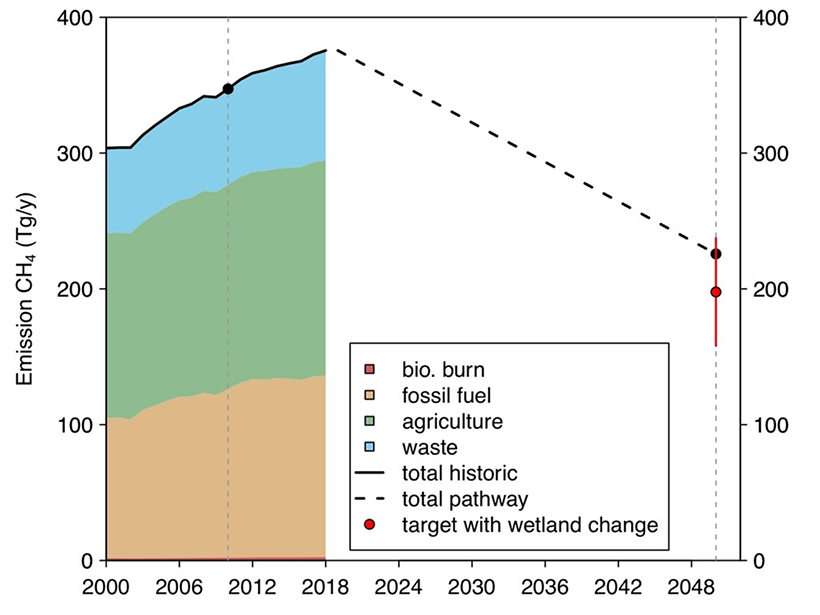Source: AGU Advances
Global methane emissions are increasing, but we are not sure why. Positive feedbacks of CH4 emissions from wetlands to climate change may be contributing to the increase. Ma et al. [2021] combine biogeochemical models and satellite-derived CH4 concentration observations to examine climatic feedbacks to emissions from wetlands, from the equator to the poles. Tropical wetlands emit the 72% of global wetland emissions of CH4, and those emissions are shown to be most sensitive to changes in precipitation. In contrast, higher latitude wetlands emit much less overall, but their emissions are highly sensitive to temperature. In a companion Viewpoint, Thompson [2021] describes the novel way that Ma et al. [2021] compare bottom-up estimates based on land surface models to those derived from a top-down atmospheric inversion model. She also notes that positive feedbacks of wetland CH4 emissions to climate change will require still stronger mitigation efforts in other sectors to avoid exceeding 1.5°C or even 2.0°C global warming.
Citation: Ma, S., Worden, J., Zhang, Y., Poulter, B., Cusworth, D. et al. [2021]. Satellite constraints on the latitudinal distribution and temperature sensitivity of wetland methane emissions. AGU Advances, 2, e2021AV000408. https://doi.org/10.1029/2021AV000408
—Eric Davidson, Editor, AGU Advances
Text © 2021. The authors. CC BY-NC-ND 3.0
Except where otherwise noted, images are subject to copyright. Any reuse without express permission from the copyright owner is prohibited.

